||| FROM THE OFFICE OF REP. RICK LARSEN |||
Late Friday night, I voted for the bipartisan infrastructure bill in the House.
Here is what it means for folks in Washington state and across the country:
For starters, it is a big, bold investment for the long-term future of our nation’s roads, bridges, airports, ports. We are way behind in rebuilding, maintaining, and modernizing the critical infrastructure that keeps people and goods moving. In Washington state alone, 400 bridges are structurally deficient and 6500 need repairs. The supply chain shocks we are all experiencing highlight how critical these investments really are.
It is the next big step in taking on climate change. We have more to do, of course, but this bill will make big investments in zero- and low-emission busses, and ferries. The investment in cleaner ferries is especially big right here in our district—where we have the largest ferry system in America and one that is responsible for 73% of our state’s transportation carbon emissions.
The plan will invest in mass transit, bike, and pedestrian networks, build out a national network of 500,000 electric vehicle chargers, upgrade our electric grid to make it ready for green energy sources, and protect our energy system against cyberattacks and extreme weather.
Our transportation plan also includes a major expansion and recommitment to passenger rail service nationwide, especially for critical routes connecting communities in Northwest Washington to Seattle, Portland, Spokane, and Vancouver BC.
And we are doing it all by putting hundreds of thousands of people to work in high-paying, union jobs.
All told, this is a very big deal.
Of course, we are not done yet. Next, up, it is time to get our work done on the Build Back Better plan to make even more investments to stop the climate crisis and lower the cost of living for families through affordable housing, child care, elder care, prescription drugs, health care, and more. And we will pay for it all by raising taxes on people making over $10 million a year and corporations that hide profits overseas.
Stay tuned.
**If you are reading theOrcasonian for free, thank your fellow islanders. If you would like to support theOrcasonian CLICK HERE to set your modestly-priced, voluntary subscription. Otherwise, no worries; we’re happy to share with you.**
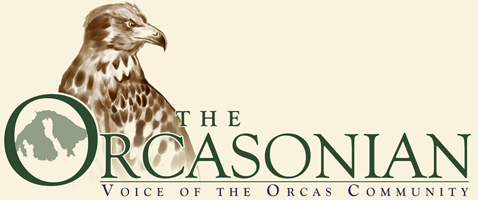
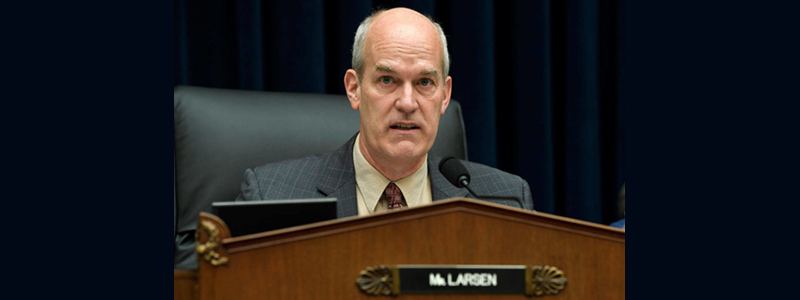


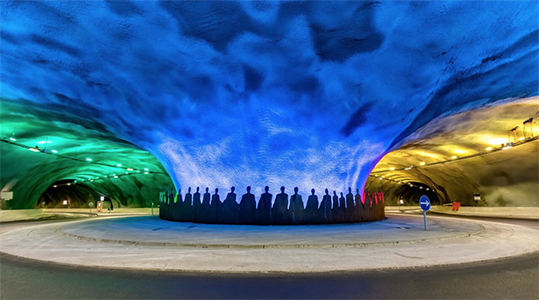
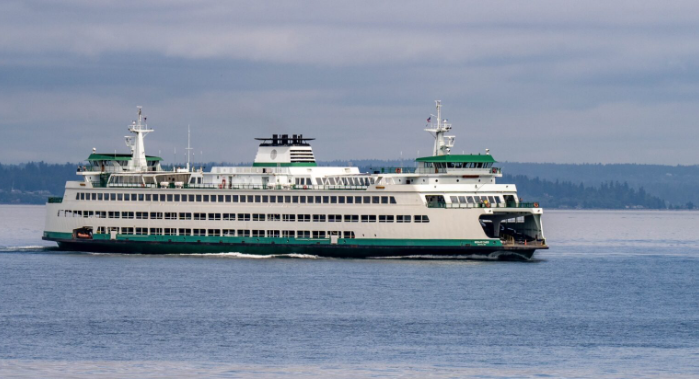
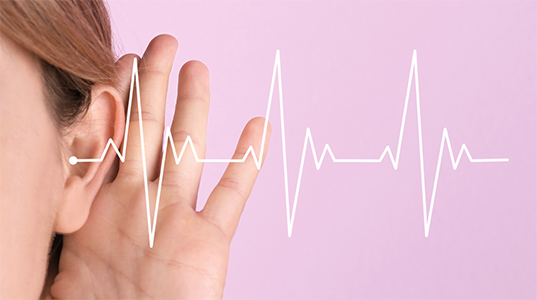
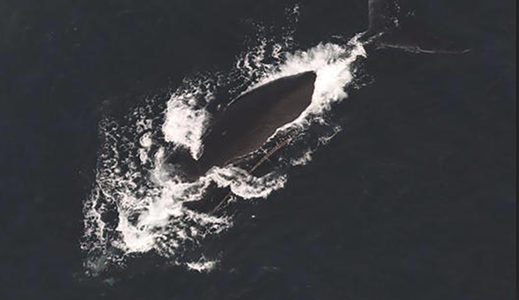

“…we have the largest ferry system in America and one that is responsible for 73% of our state’s transportation carbon emissions.”
How can that possibly be correct? All the planes, trains, trucks, buses, cars, ship traffic, etc. moving nearly eight million people and all our supplies around and yet 21 ferries produce three times as much carbon? NO WAY.
Does anyone actually READ these press releases before they post them?
Ken,
I believe that is referring to the WA state fleet of state vehicles – e.g. ferries, snowplows, state police vehicles, state planes, boats, etc.
@Ken. I read it as “state-owned” transportation carbon emissions – ie. public transport, so private or commercial would not be included. Still seems high – but given that in FY18 the Ferries burned about 19 million gallons of diesel – about 250gph – they certainly account for a lot of buses.
Ken. Yup. Ferries are especially dirty. Not quite as bad as freighter bunker fuel, but not good.
All transportation in Washington state – cars, trucks, state fleet, etc. – account for 45% of state carbon emissions. Transportation is the biggest single source of carbon emissions in the state. Here in San Juan County, transportation, space heating and hot water heating account for over 80% of carbon emissions.
But that is changing rapidly as people convert to super efficient ductless heat pump heaters, heat pump water heaters and electric vehicles (EVs). Heat pumps use about one-third of the energy of conventional electric or fossil-fueled heat. EVs use about one-fifth of the energy, compared to fossil-fueled transportation. EV ownership has been growing at over 60% per year in San Juan County, for the past five years.
Here’s a fantastic carbon footprint calculator by the UW. It’s the only calculator I’ve ever seen that allows for a wide range of very specific lifestyle/behavior choices and WA state location. While it’s intended for students and teachers, anyone can fairly accurately calculate their carbon footprint.
https://depts.washington.edu/i2sea/iscfc/index.php